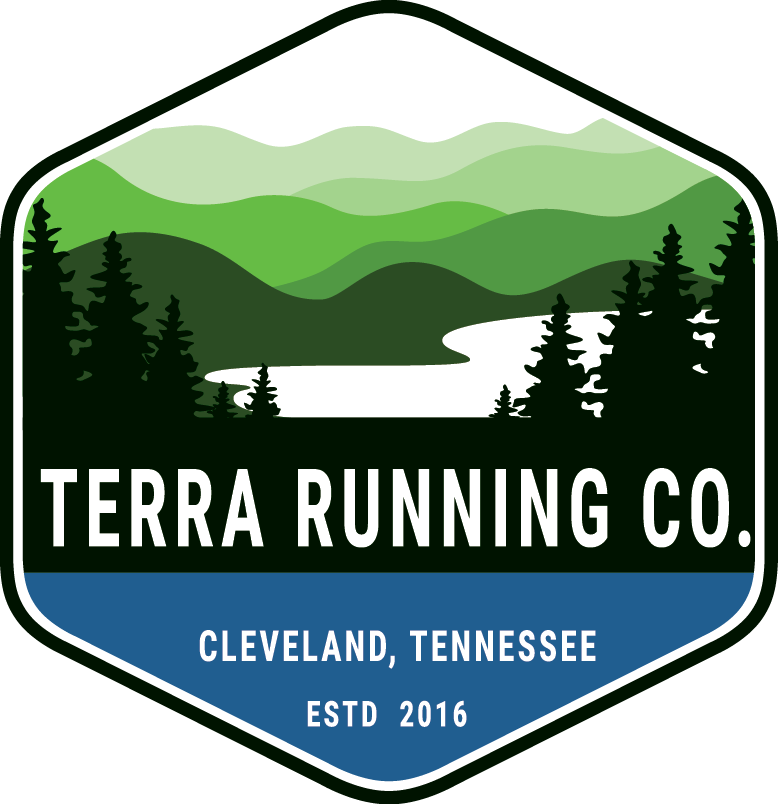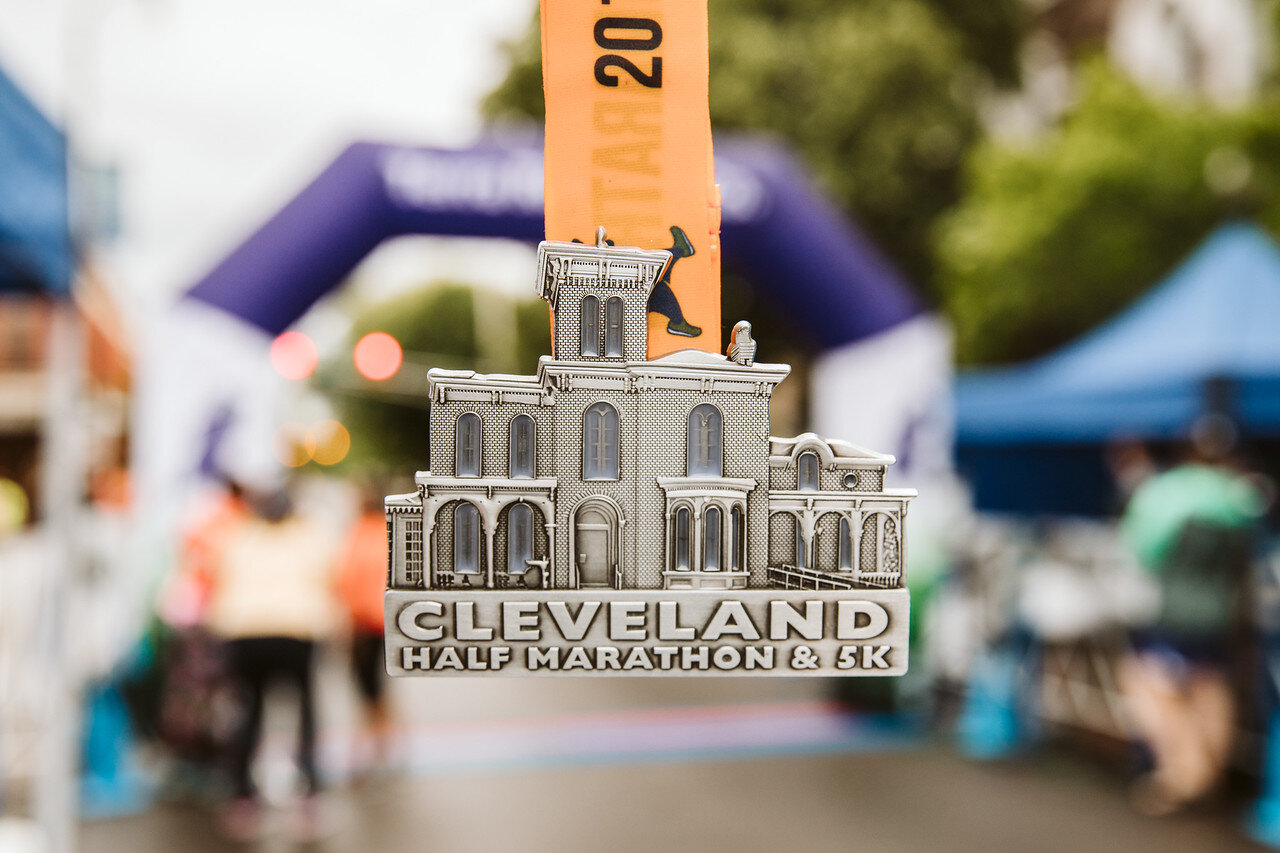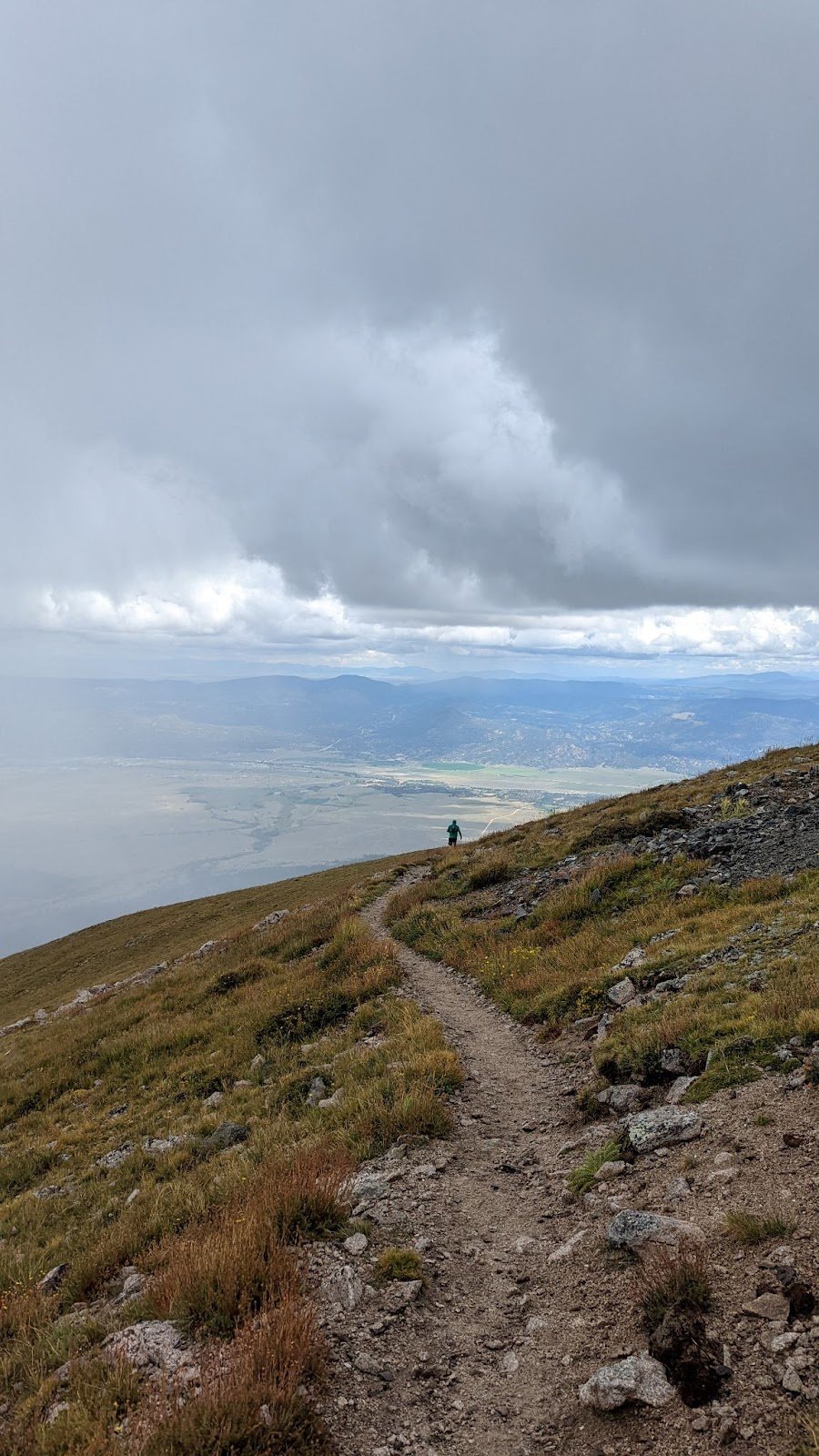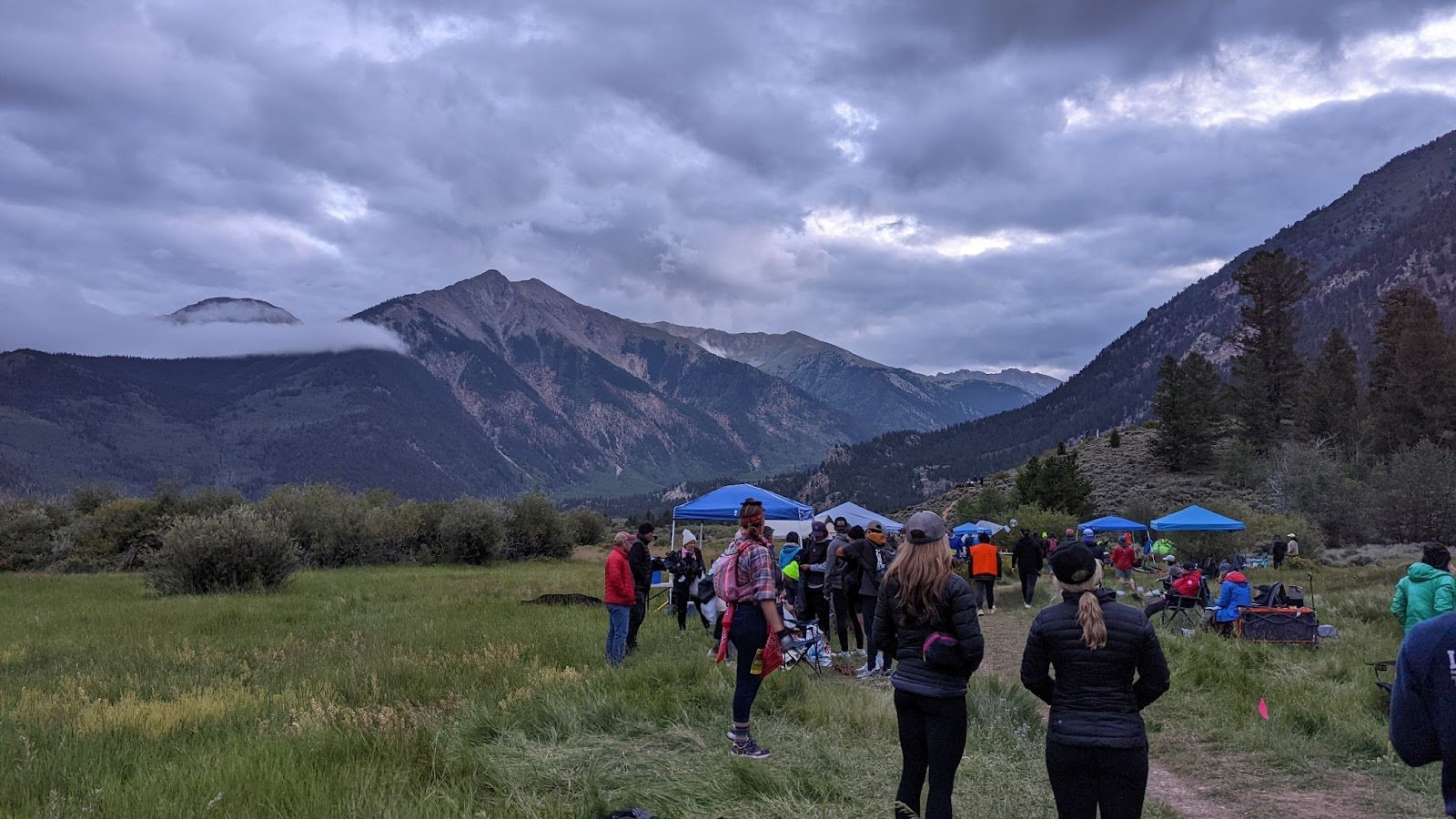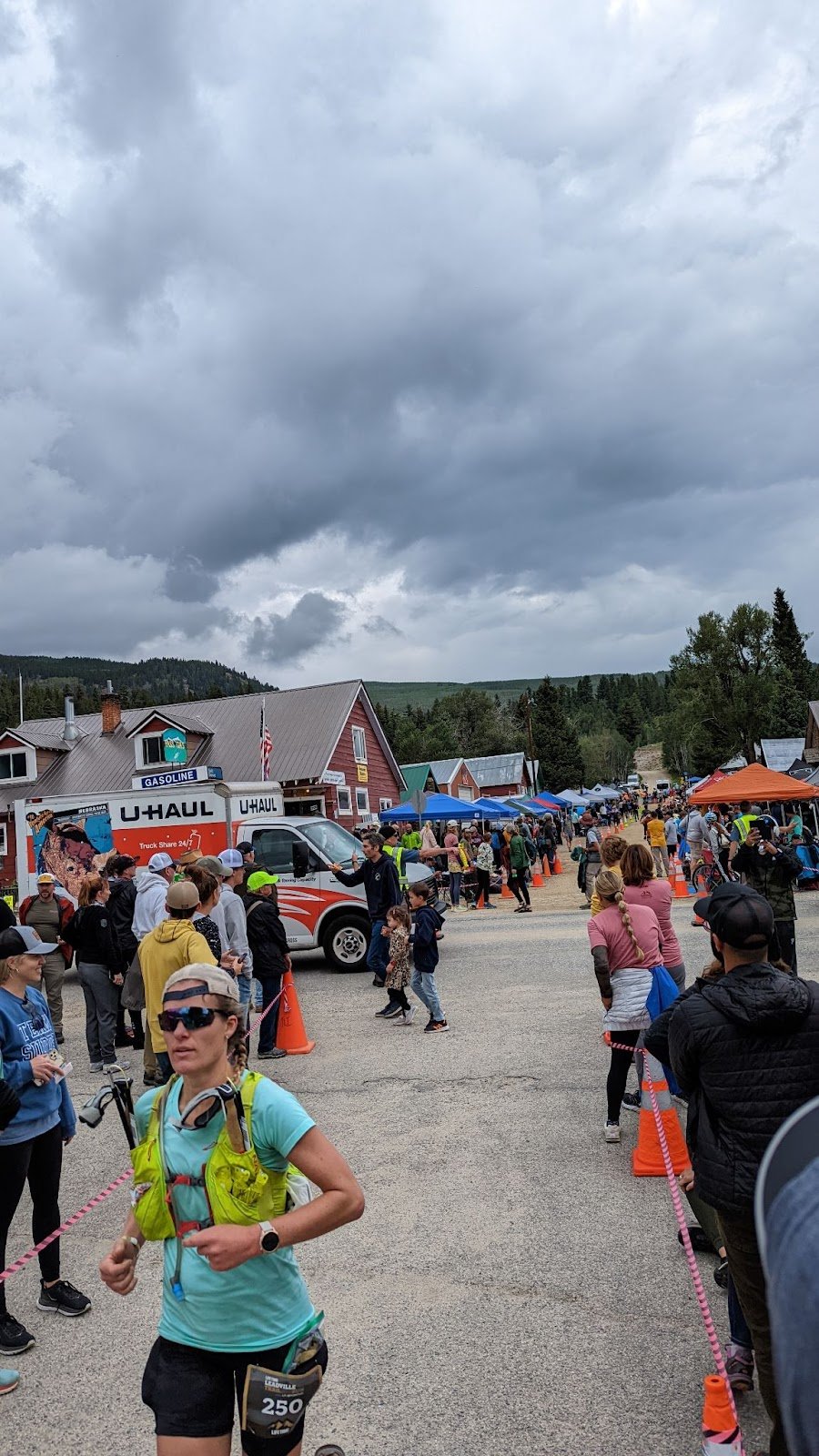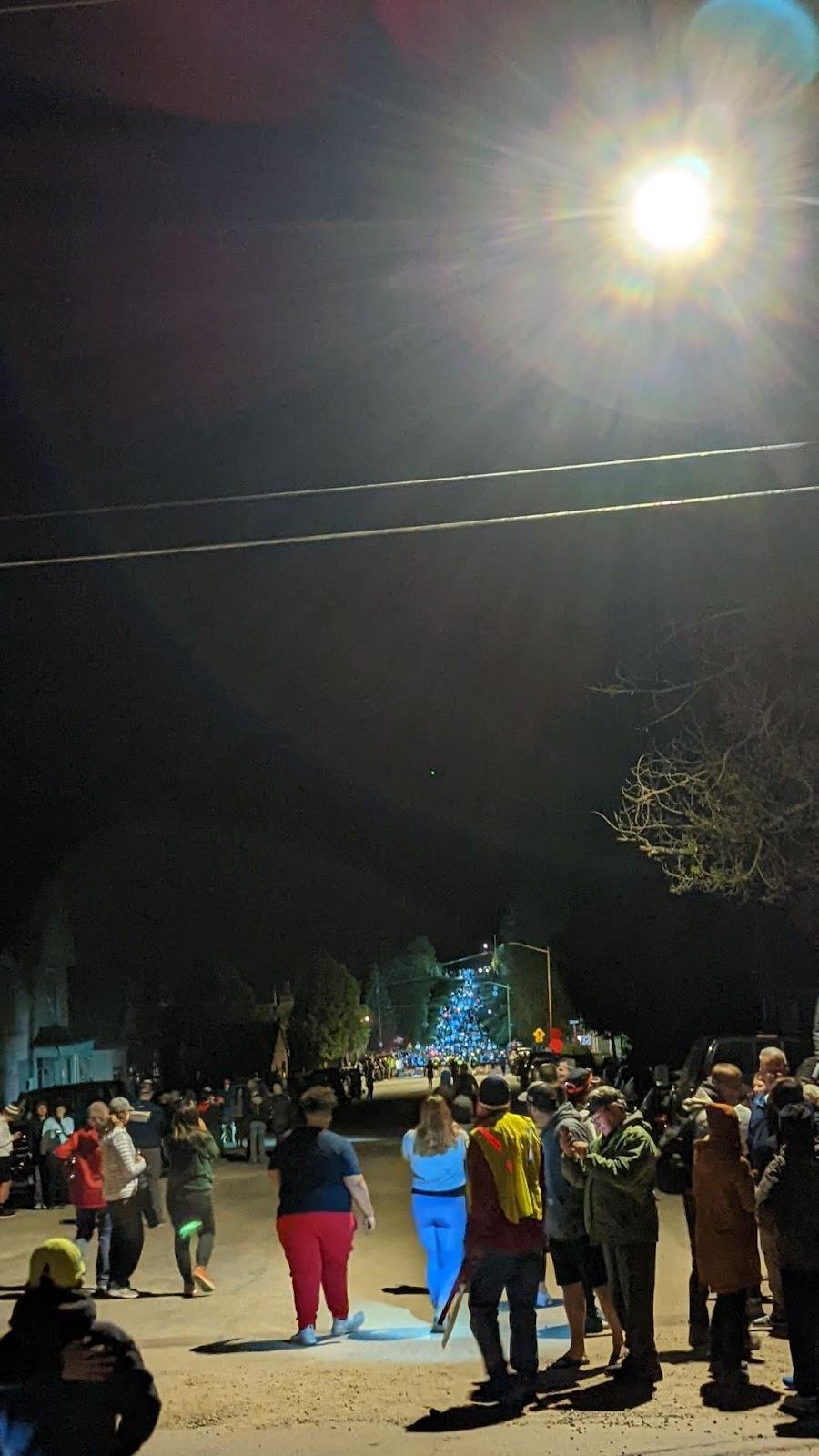The race began at 3am Saturday morning. The air was chilly but the atmosphere raged with excitement. Runners gave hugs to their crews and lined up in the downtown strip of Leadville. I stood a quarter mile down from the starting line, heard the shot, and watched as the huge mass of headlamps moved towards me in the midst of cheers from the crews. Several minutes passed until all 700 runners had gone by. Andrew and I, with the rest of the crew then loaded back in the car and took off towards Turquoise Lake where we could see the runner headlamps making their way towards the first aid station: Mayfield. Our runner kept on his pre-planned pace and was feeling good when we saw him. The aid station, however, developed a traffic jam of runners and so he waited in a line of runners until seeing us. He took off after the brief stop, making his way up a ridgeline and then descending back down to the Outwardbound aid station. He sped through this one, making up lost time from the earlier aid station. He reached the Twin Lakes aid station around 12:30. This is by far the largest aid station, and a city of tents formed around the trail so that it felt like we were a part of a festival. There was the constant sound of cheering from crews and spectators shouting “good job runner!” There were a variety of sponsor tents from brands like North Face and On. Some of these brands had pro runners competing in the race. Multiple times a runner would come in and immediately a videographer would begin interviewing them. Sometimes crews would prepare meals for their runners. I saw a runner eat a large bean, corn, and rice burrito, others had soup or even chicken. One runner came in, sat down, smoked a cigar, drank a beer, and then kept running. Some runners did not have crews and relied on the bananas and pizza at the aid station. One runner flew from Kenya for the race without a crew (he unfortunately did not finish).
Hope Pass was the next climb after the Twin Lakes stop. The climb is brutal. On top of the pass, there was a little camp set up comprised of the burnt out runners and a few volunteers. There is no road up Hope Pass, so the volunteers use llamas to carry gear to the top. After a break there, the runners carefully descend down the backside to the Winfield aid station. No crews were allowed at this aid station. At this point our runners' phone and watch died. He asked the aid workers the time and then headed back up Hope Pass. At this point in the day, the fastest athletes had already made it back over Hope Pass, through Twin Lakes and the other aid stations and were nearing the finish. In fact, the fastest runner finished in sixteen hours. We, the crew, at Twin Lakes, watched these incredible athletes come through often very spread out. As the sun began to set we started to get nervous about our runner. The cutoff time to the Twin Lakes aid station was 10pm. We had texted with him earlier in the day, but now were hearing nothing about his ETA. I and one of the other crew members started jogging down the trail hoping to find him and encourage him on his way back. It was nearing 9:15 and we still had not sighted him, so we started jogging. Finally, as we came to the main river crossing on the course, we found him walking holding the rope across the river. We were thrilled to see him and tried to see if we could sprint back. Unfortunately, we were a mile and a half out and could only manage a twelve minute pace given his condition after Hope Pass. To say the least we were fifteen minutes too late and our runner had to stop at mile 62. This is not uncommon, however, and many runners decided to stay the night on Hope Pass knowing they missed the cutoff and fearing to descend in the dark.
We decided to get a long nights rest and enjoy the mountains the next day. The Leadville 100 was an incredible experience for me as a crew member. I hope to crew again, however, after seeing so many incredible ultrathon runners, I have been inspired to run it myself one day. Fitness level is not necessarily the key to a successful Leadville 100; nutrition, rest, and altitude conditioning are equally important. One lady had flown from South Carolina two months in advance hoping to acclimate, and even she did not finish. This race is challenging, however, for crews and attempted finishers it felt entirely worth it. There is no shame in not finishing the Leadville 100, and there’s always next time.
